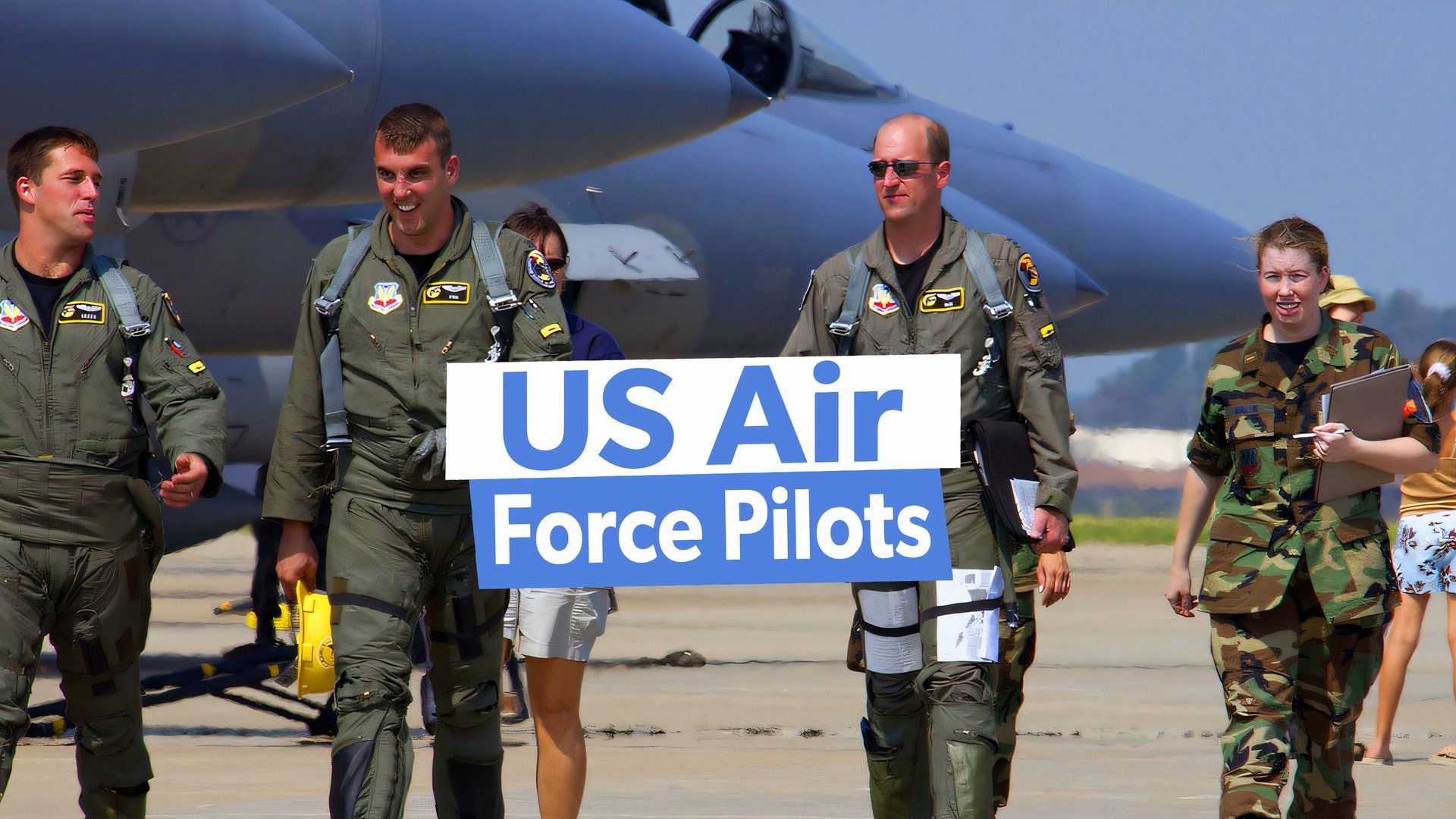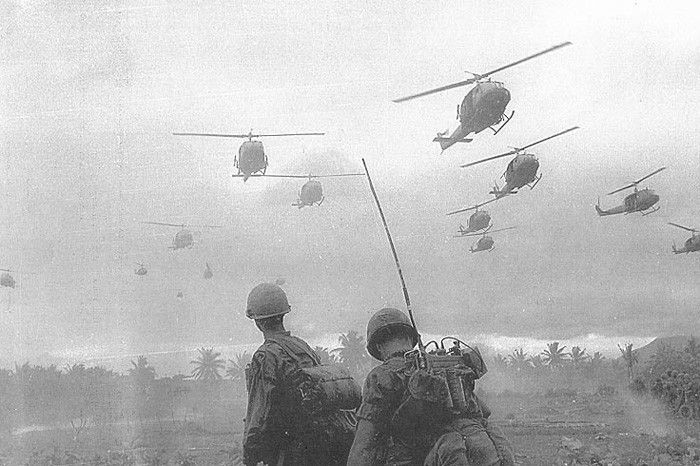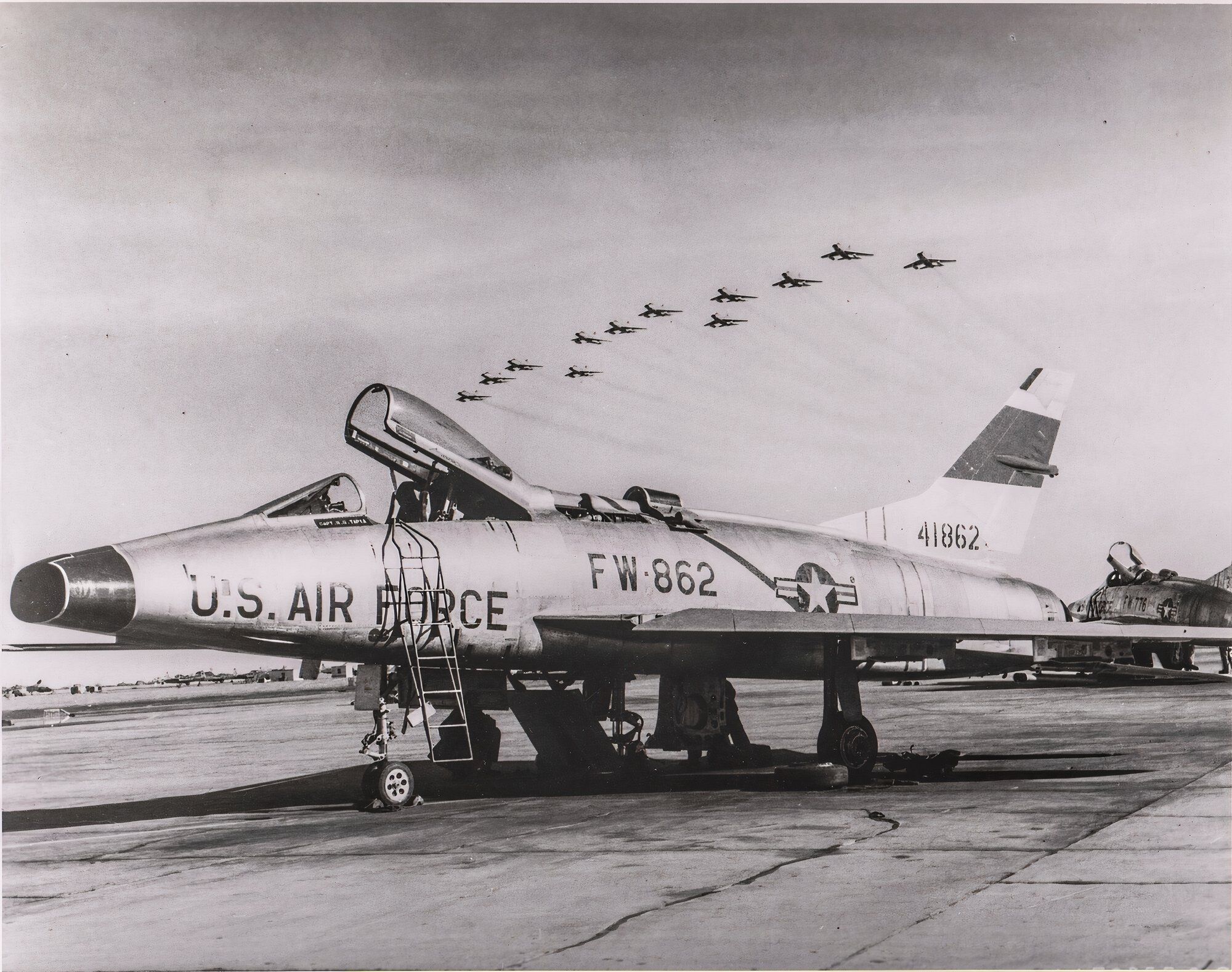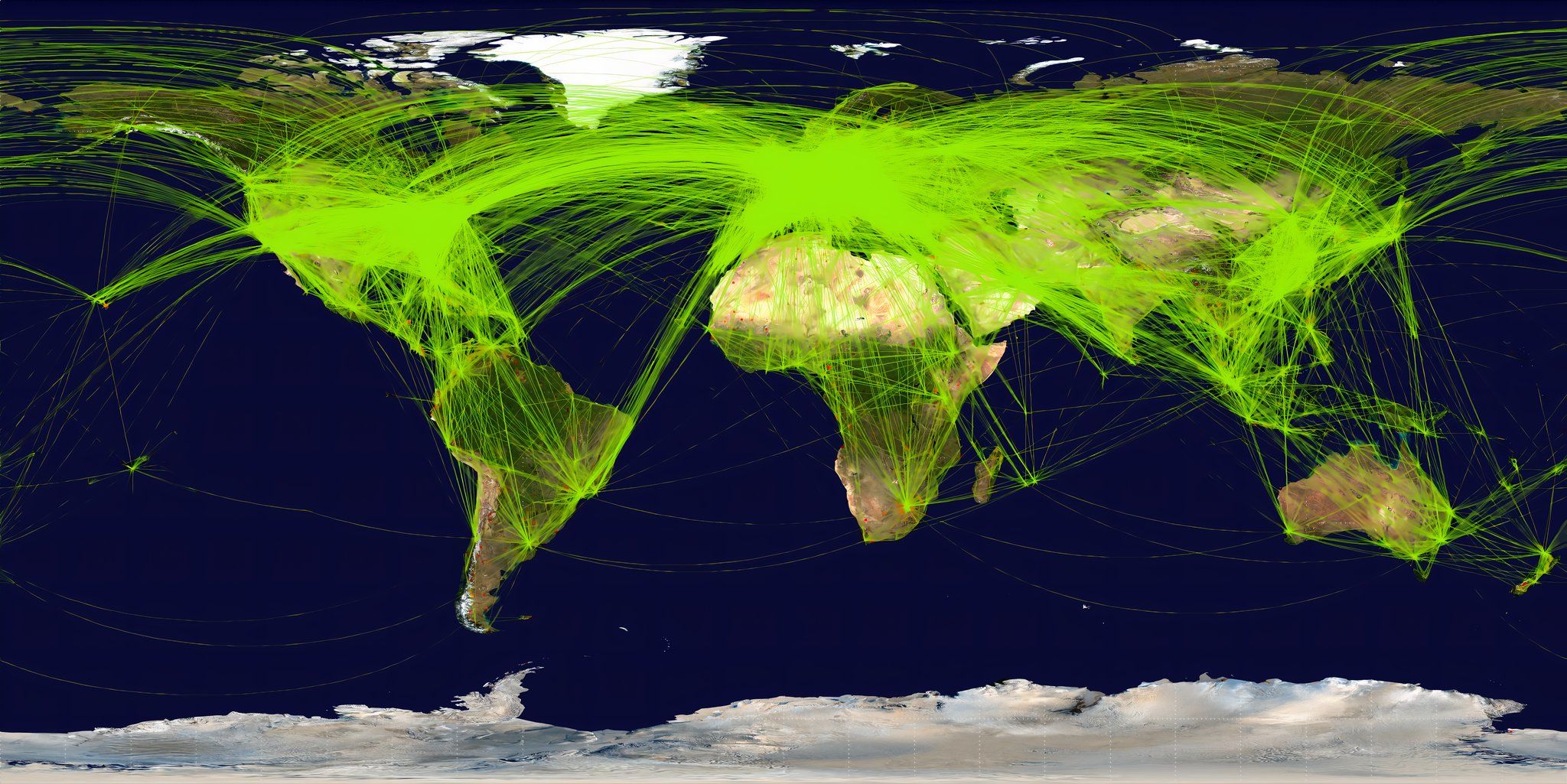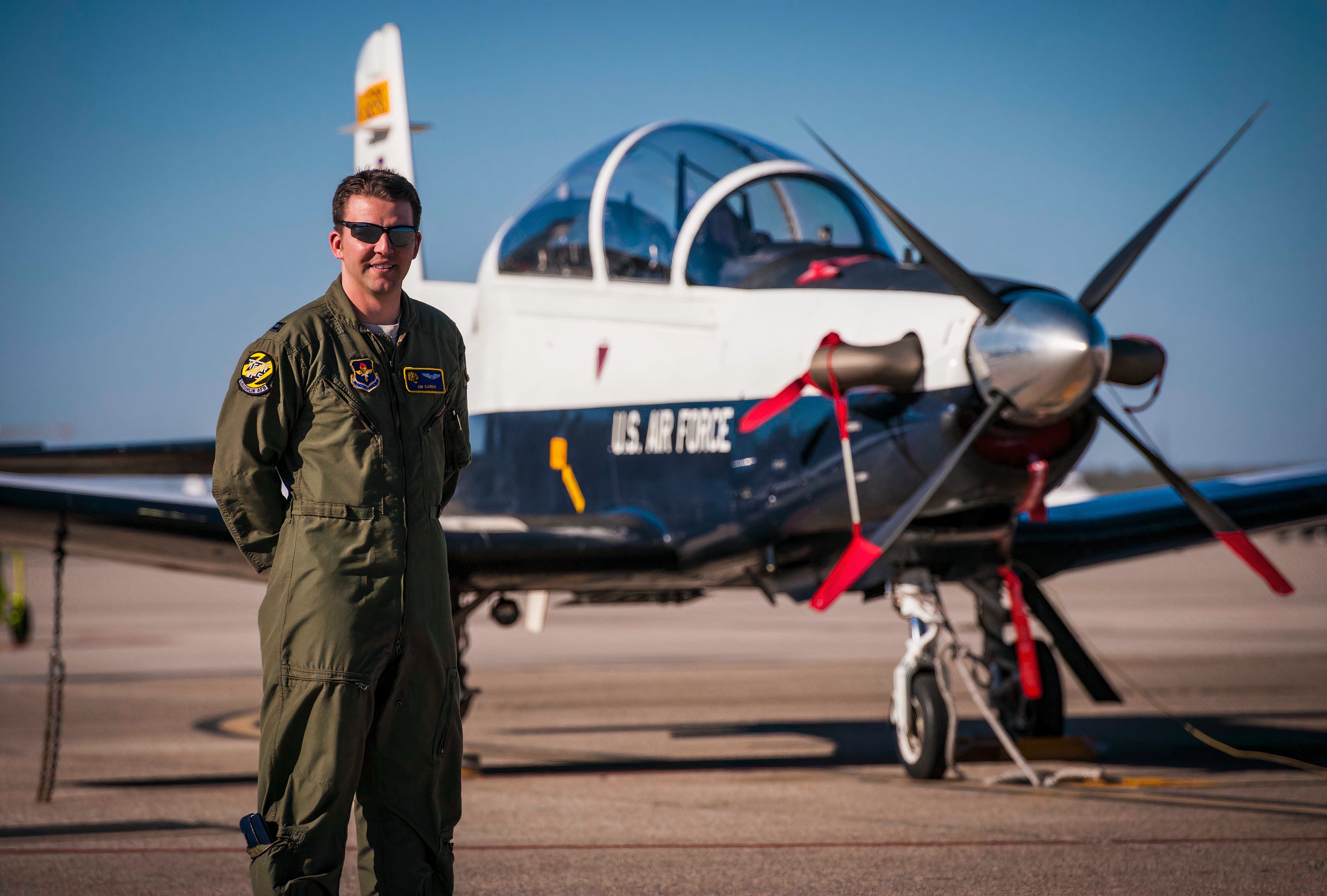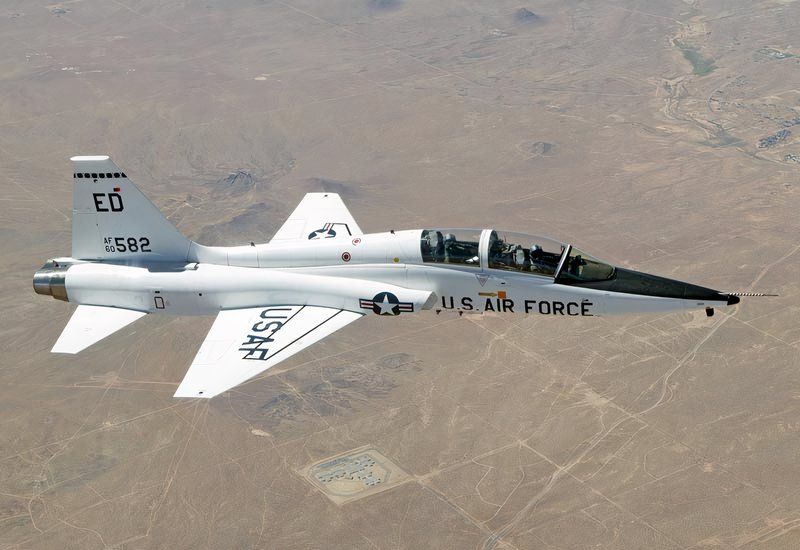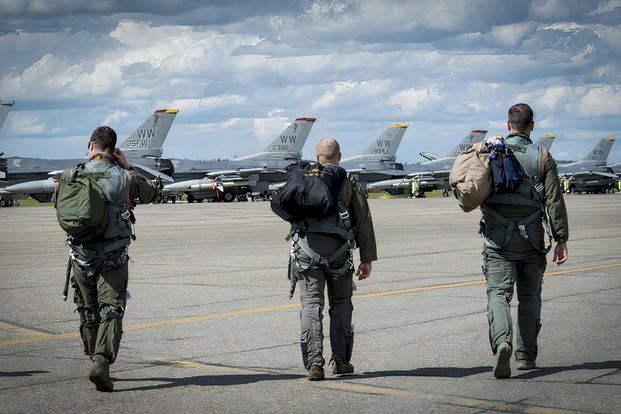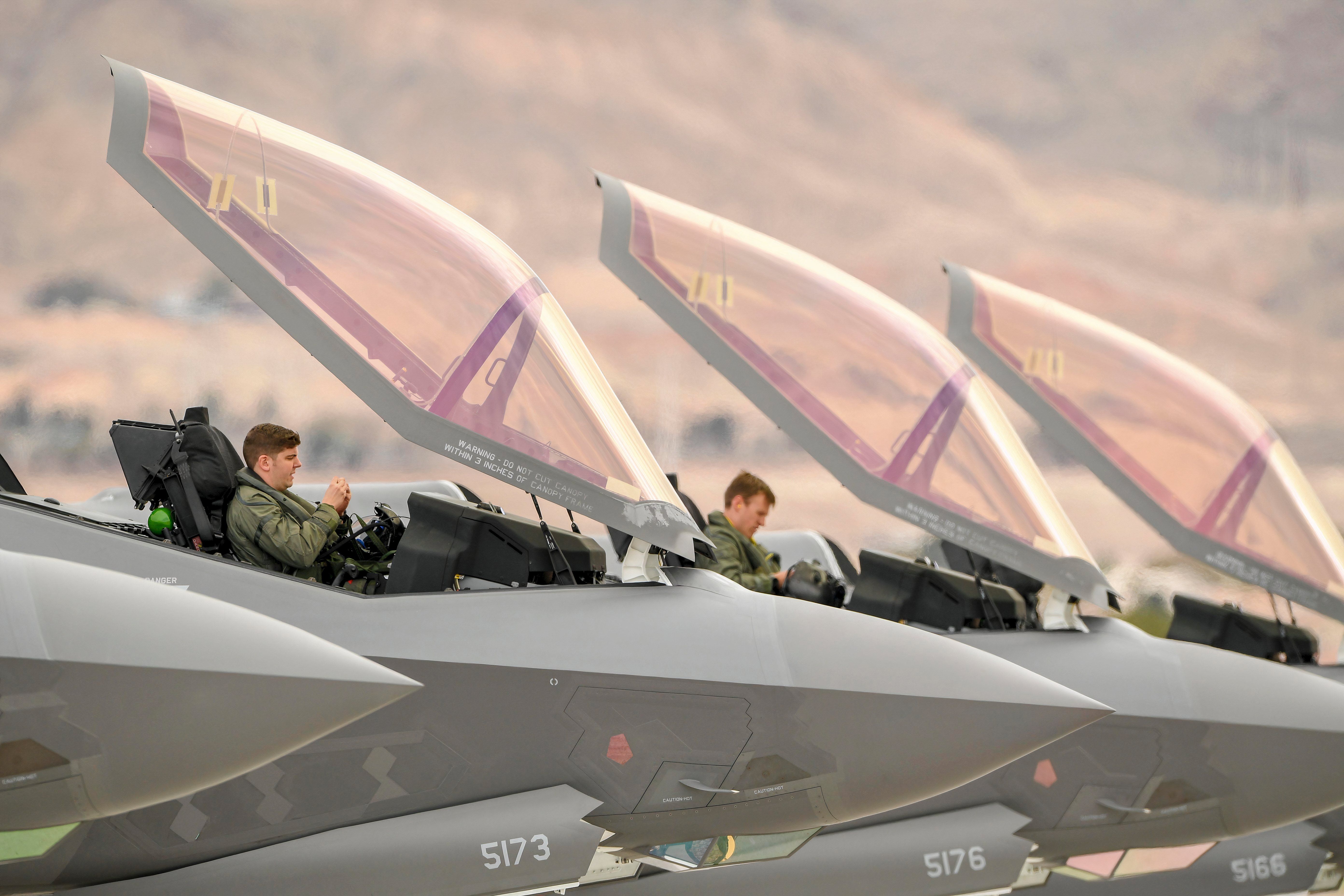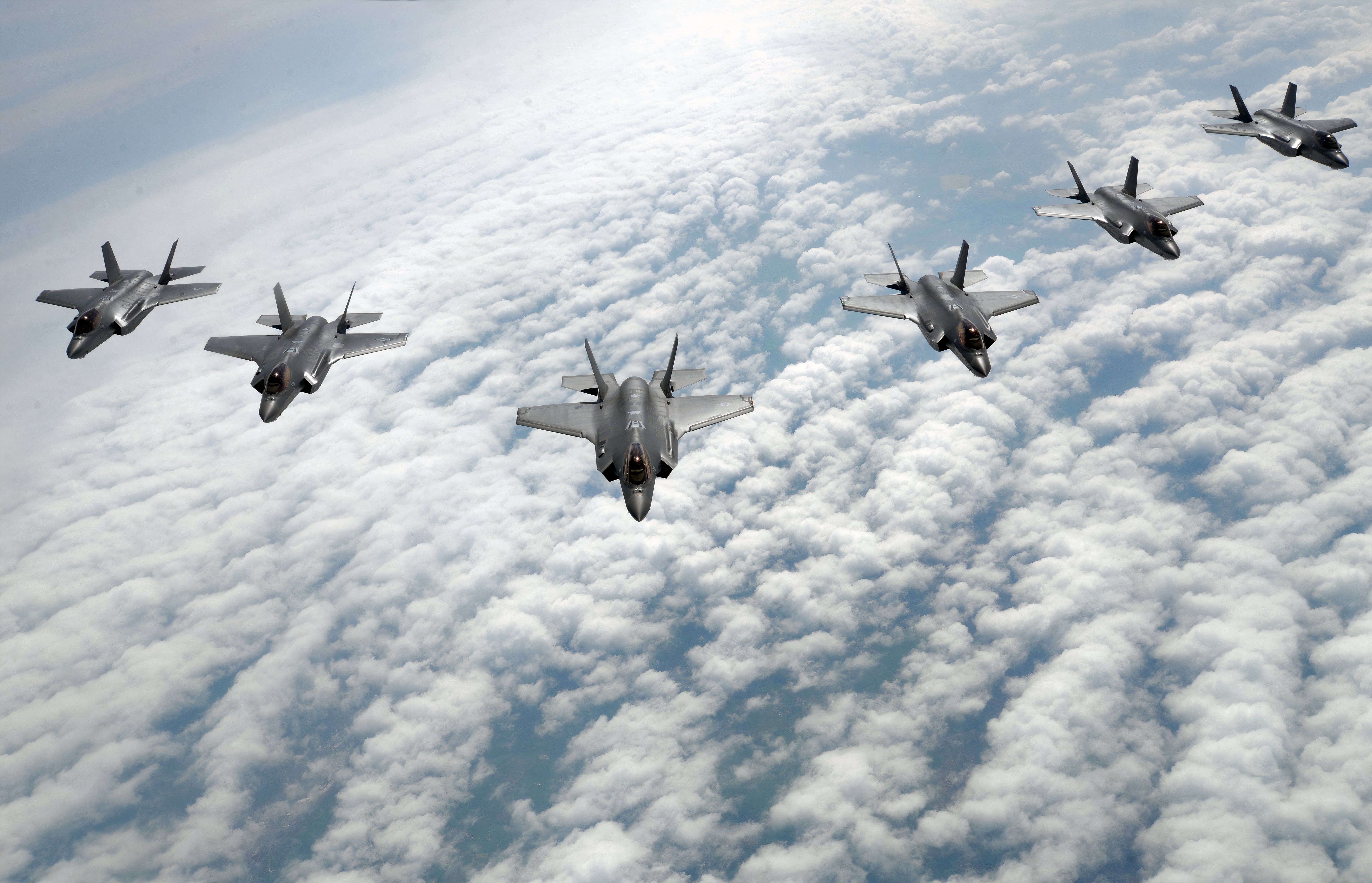Presently, the U.S. Air Force is facing a shortage of pilots, there are numerous reasons for this shortage. This issue comes up against the backdrop of increasing competition and hostility between the U.S. and China; a country that is rapidly modernizing and increasing the size of its military, aiming for regional domination and global power projection.
Background to the pilot crisis in the Air Force
In order to confront the Soviet Union, the U.S. military had to massively increase in size quickly, in order to parry any soviet moves on the world stage.
According to Elliott V. Converse III, (an author for the Historical Office of the Secretary of Defense):
“…the Army doubled in size from 10 to 20 divisions; the number of the Navy’s major combatant vessels grew from 238 to 409; and the total of Air Force wings expanded from 48 to 106.19 When the shooting stopped in Korea in July 1953, the active armed forces numbered more than 3.5 million personnel.”
Photo: U.S. Army
The close of the Cold War in 1991, caused several ripples globally and within the U.S. military. The fall of the Soviet Union ushered in a unique period in modern history known as the “Unipolar moment”. During this time, the United States had no military competitors and could operate globally without any opposition.
Photo: U.S. Air Force
With no rivals to fear and none of the radar for the foreseeable future, the U.S. military could begin to downsize. Every military branch did this, and according to the RAND Corporation, the shortfall in trained pilots within the Air Force
, has been a persistent issue since this post-Cold War drawdown of the fighter aircraft force structure.
The USAF’s missing pilots
Today, the U.S. Air Force (USAF) needs more pilots and quickly. In a September, 2017 Congressional Research Service report, entitled “U.S. Air Force Pilot Shortage”, it stated:
“In his opening comments to the 2017 U.S. Air Force Posture Hearing before the Senate Armed Services Committee, Chairman John McCain stated, “The force is short 1,500 pilots…. This is a full-blown crisis, and if left unresolved, it will call into question the Air Force’s ability to accomplish its mission.”
Photo: U.S. Air Force | Airman Shawna L. Keyes
Fast-forward seven years to 2024, and the shortage has only worsened, as it stands today, and according to the Air Force Times, the USAF is now further in the red, as they now need 1,848 additional pilots; of this number 1,142 would fall into the fighter pilot category.
Some causes for this shortage include competition with the commercial aviation sector, not enough flight instructors and issues with their fleet of training aircraft.
Issues that are causing a lag in trained pilots
Airline competition
…the airlines are now actively recruiting, as over 20,000 pilots…
Colonel Tobias Switzer (active-duty Air Force pilot with the Center for Strategic and International Studies) reported to the Air Force Times, that the airlines are now actively recruiting, as over 20,000 pilots have or will reach their FAA-mandated retirement age of 65.
These commercial airlines will look to lure away trained pilots from the Air Force to fill their ranks. This is also an issue with the other branches, as private military companies also offer lucrative financial incentives to highly trained personnel (particularly in the combat arms) to leave the military and go into the private sector, unfortunately this strategy is all too successful.
Shortage of qualified flight instructors
In addition to drawing in the needed students, the USAF is struggling to hire a cadre of qualified
instructors
. By 2022, the USAF had only 60 percent of its flight simulator coordinator slots filled. This was again against a backdrop of competition from the commercial airline industry to fill these same positions.
Photo: U.S. Air Force
Training aircraft
As reported by Air and Space Magazine, by August of 2023, over 900 Airmen were waiting to further their flight training, according to data from the 19th Air Force. Of that number, about a quarter were waiting less than three months, however most waited between three and nine months. Another quarter, approximately 220, have been frozen in place for longer.
Within the USAF’s Specialized Undergraduate Pilot Training (SUPT), the aircraft that is heavily relied upon to train future fighter and bomber pilots is the T-38 Talon. The production of this aircraft ended in 1978 and engine issues have limited the amount of time they can be taken out for training sessions.
These issues, taken together, have prevented SUPT and, by extension, the USAF from reaching its annual goal of graduating 1,500 basically trained pilots.
Adding to the USAF’s training aircraft woes, is the fact that the T-38’s replacement, the T-7 Red Hawk (an advanced trainer undergoing flight testing), has been delayed numerous times during development. It is not expected to reach its initial operating capability until 2027.
These issues, taken together, have prevented SUPT and, by extension, the USAF from reaching its annual goal of graduating 1,500 basically trained pilots.
Where do we go from here?
A direct method to keep trained and qualified pilots in the USAF ranks, is to increase the monetary compensation for their service. This would compete directly with the commercial airlines and make the pilots think twice before hanging up their flight suite.
Photo: U.S. Air Force | Airman 1st Class Haley D. Phillips
Fortunately, this has already been done, according to the Institute for Defense and Government Advancement:
“In November 2023, the Air Force announced pilots can earn up to $600,000 over 12 years under the latest round of retention bonuses. The fiscal year 2024 incentive offered manned and unmanned pilots, combat systems operators, and air battle managers an extra $15,000 to $50,000 a year depending on their assigned aircraft and committed years of service.”
Beyond increased monetary compensation, the RAND Corporation has suggested some strategies for absorbing a greater number of pilots (specifically fighter pilots) into the USAF’s wings. They state:
“The most straightforward approach to increasing fighter absorption is to increase the number of fighter pilot positions in AC units that can accept inexperienced pilots. This can be achieved by increasing total fleet size, shifting force structure from test or training to operational units, shifting force structure from the RCs to the AC, or increasing crew ratios in operational units.”
Another strategy discussed by RAND, is increasing the absorption capacity of the existing force structure. Specifically, increasing the number and size of active and associate cells from within the reserve component fighter units.
A USAF cell consists of four AC pilots (one experienced, three inexperienced) or eight pilots (one experienced, seven inexperienced).
Photo: U.S. Air Force | R. Nial Bradshaw
This approach would utilize the reserve component resources (in terms of both aircraft and experienced pilots) to increase the available positions for inexperienced active component pilots.
Given the very high level of experience in the reserve component units, there is a great deal of capacity in terms of experienced aircrew members to host the overflow of new, inexperienced, active component personnel.
If inexperienced active component pilots were able to make a lateral move into reserve units, they would be able to not only move into a military unit and gain experience while waiting for an active billet to open up.
Into the wild blue yonder
China is aiming for overmatch in their region…
Whatever the solution, the USAF needs to implement one and rapidly. China is clearly the newly designated threat, after decades spent focusing on the Global War on Terror. While the U.S. for now, maintains a qualitative edge, China is churning out numbers; this includes ships, aircraft and a modernizing army.
China
is aiming for overmatch in their region, and as Joseph Stalin stated “quantity has a quality all its own.”
Photo: U.S. Air Force
The USAF is, of course, a very important component within the U.S.’ move to counter China’s aggressive posturing and future ambitions. They must get the pilots to fulfill their mission in the new era of great power competition.

